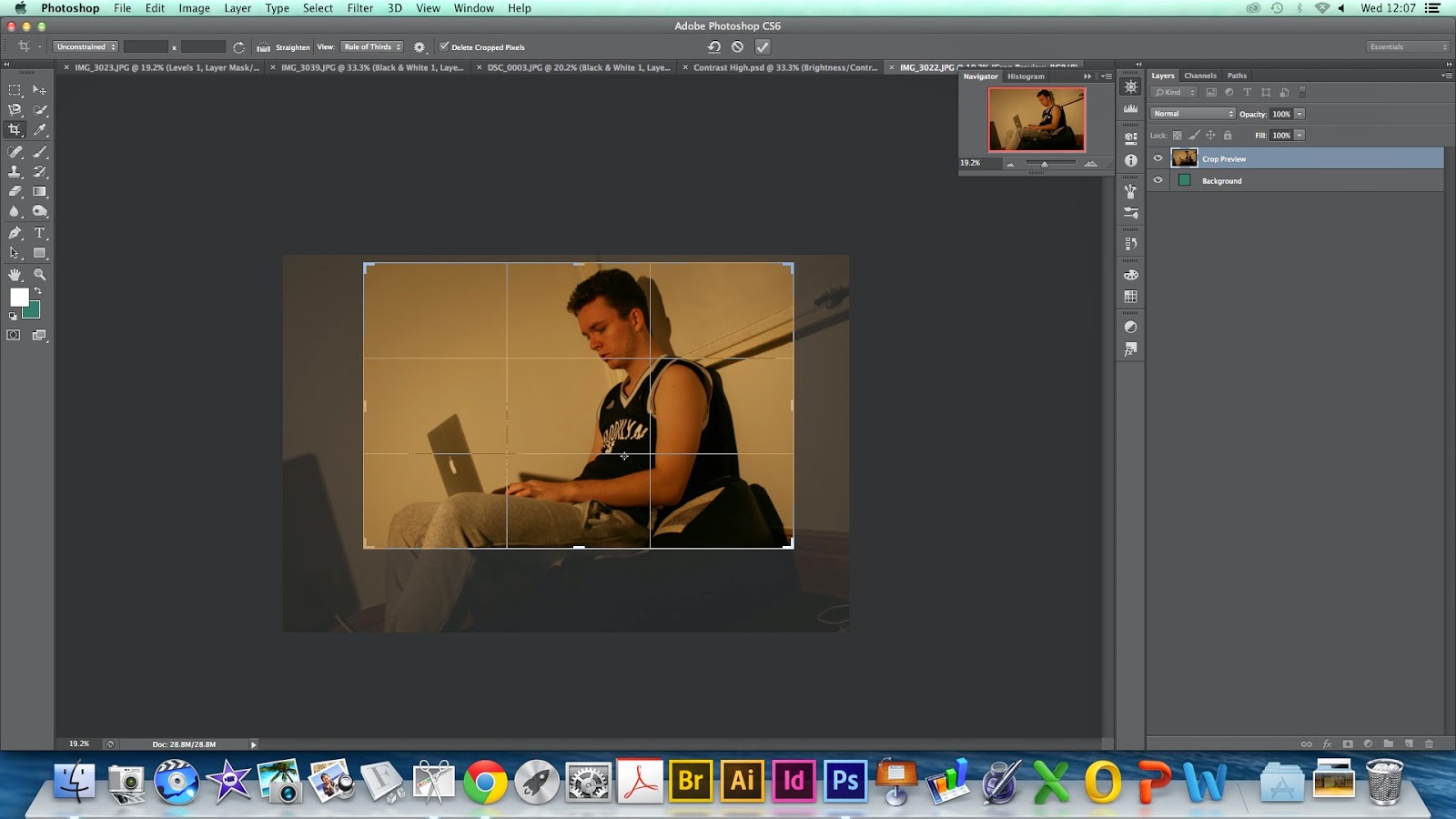Different materials are good for different techniques and visa versa like when I was doing a screen printing, Screen printing is a very versatile technique that can be used on most materials from paper to 100% cotton and most materials in-between but it also comes down to task if you are going down the quick production of of a design or piece in bulk then techniques like Screen Printing and Plate Printing and Digital Production are good for quick production because the outcome will never change if you do it the same every time whereas if you were doing Mono Printing or Pen and Ink they outcomes would vary due to pressure and ink usage and they will not always be the same.
The digital design process is the most consistent route of design but it is a lot more complex because there are so many options and tools to use and confusing interlocking components and there are so many possibilities with digital design you can end up with but you are limited to the amount of materials you can print on or use to different types of paper really but the more traditional techniques have more restrictions on what you can do and end up with like etching its very time consuming and hard on the hands and takes a lot of accuracy and patience but has so many more materials that you can use along the way
But the wonderful thing you can do with all these techniques both Traditional and Non Traditional is combine them together like I have in my work I have designed a graphic image through traditional techniques like sketching and paint and then converted them to a digital design on a computer refined them then converted the final design back to traditional by way of a screen print onto T-Shirts so that process alone used 3 or 4 different techniques and materials proving that if you combine different materials and techniques along a design or creative process you can end up with something that might not have been possible if you had stuck to one technique and material.
The digital design process is the most consistent route of design but it is a lot more complex because there are so many options and tools to use and confusing interlocking components and there are so many possibilities with digital design you can end up with but you are limited to the amount of materials you can print on or use to different types of paper really but the more traditional techniques have more restrictions on what you can do and end up with like etching its very time consuming and hard on the hands and takes a lot of accuracy and patience but has so many more materials that you can use along the way
But the wonderful thing you can do with all these techniques both Traditional and Non Traditional is combine them together like I have in my work I have designed a graphic image through traditional techniques like sketching and paint and then converted them to a digital design on a computer refined them then converted the final design back to traditional by way of a screen print onto T-Shirts so that process alone used 3 or 4 different techniques and materials proving that if you combine different materials and techniques along a design or creative process you can end up with something that might not have been possible if you had stuck to one technique and material.




































